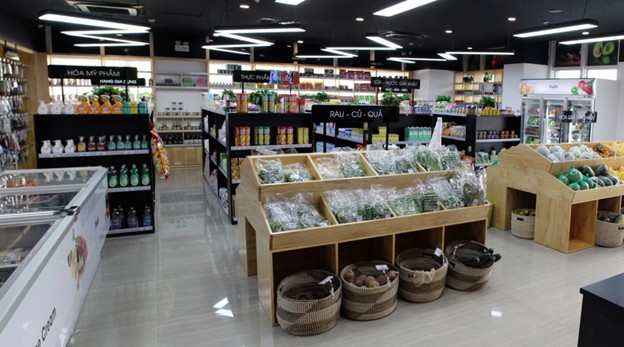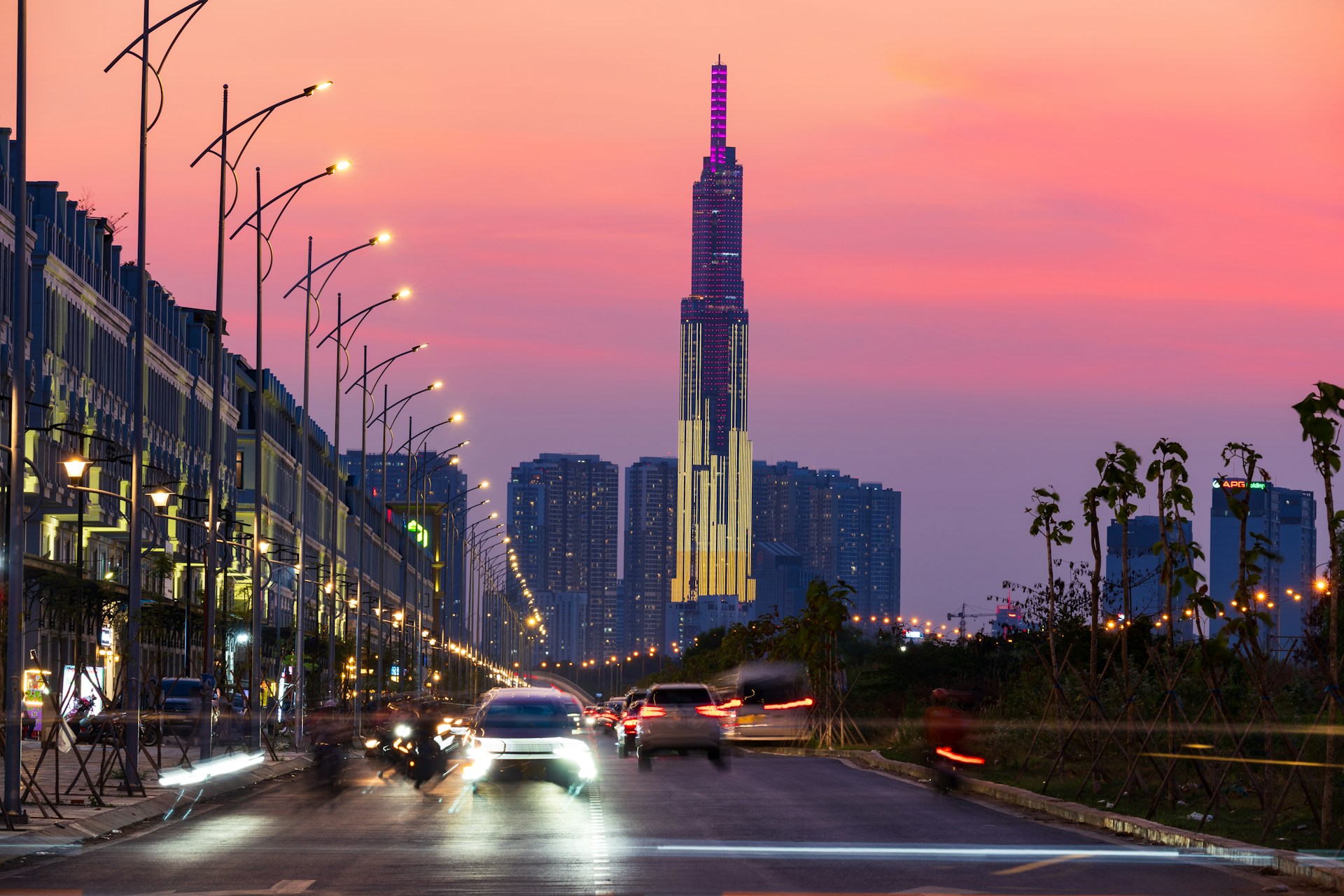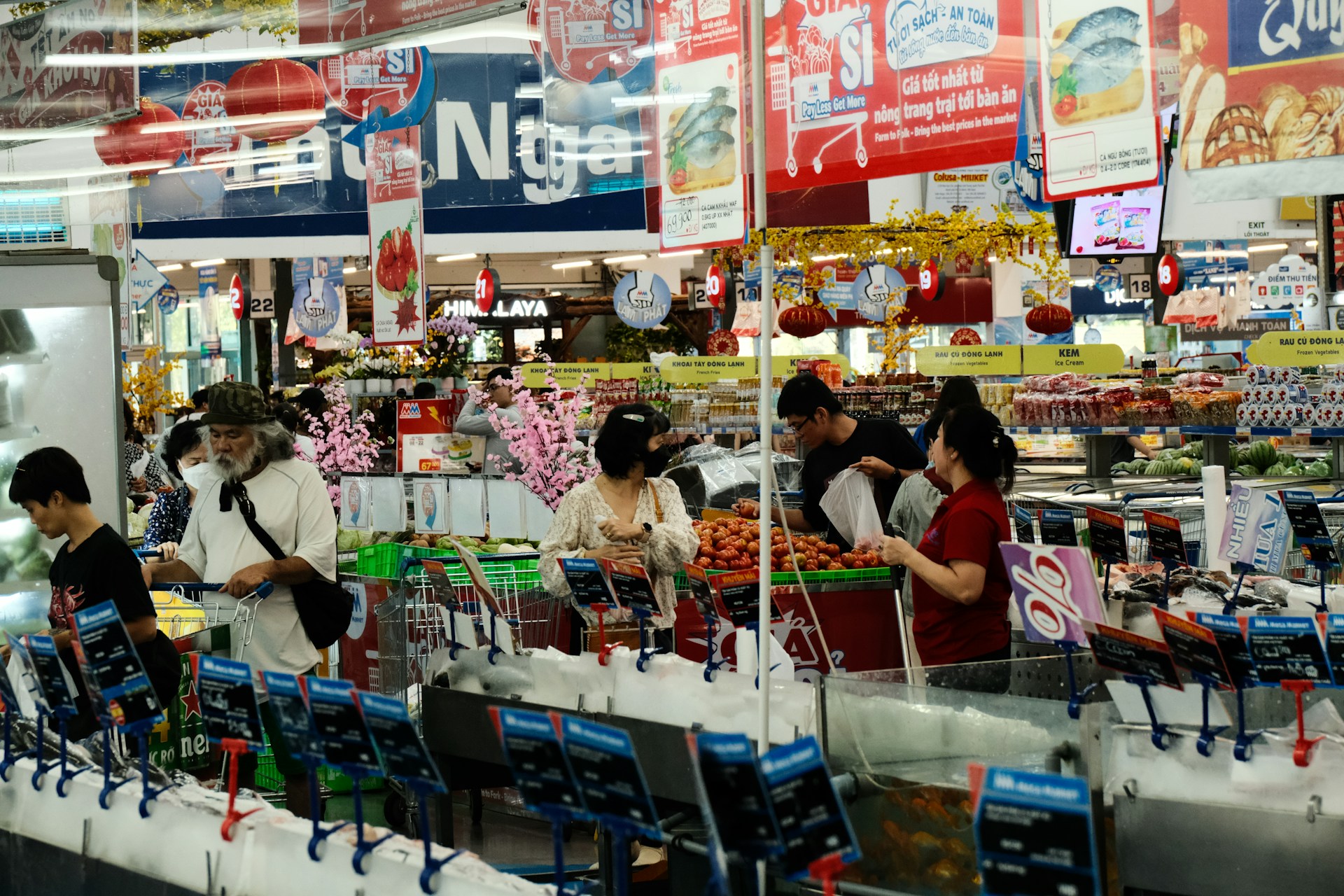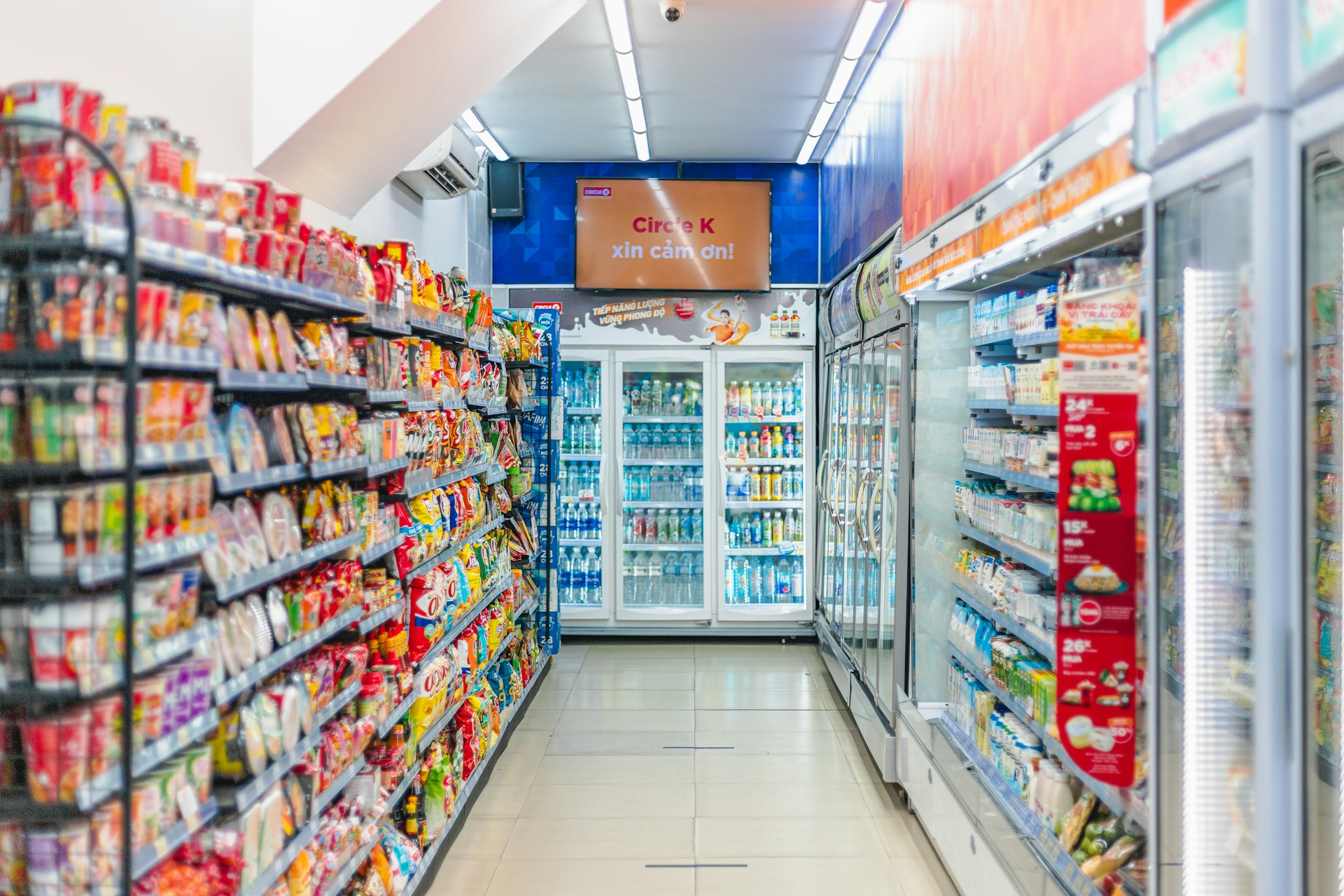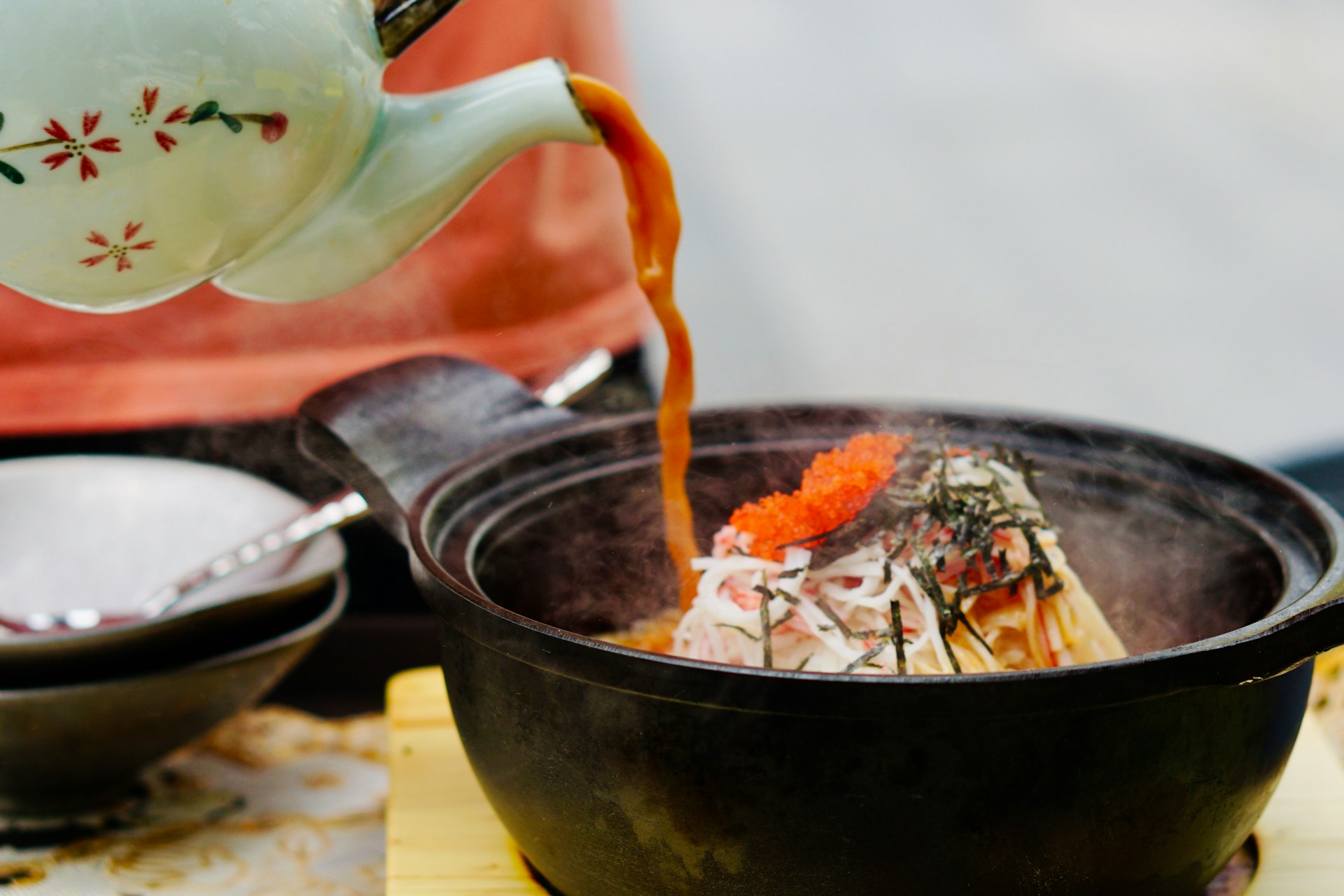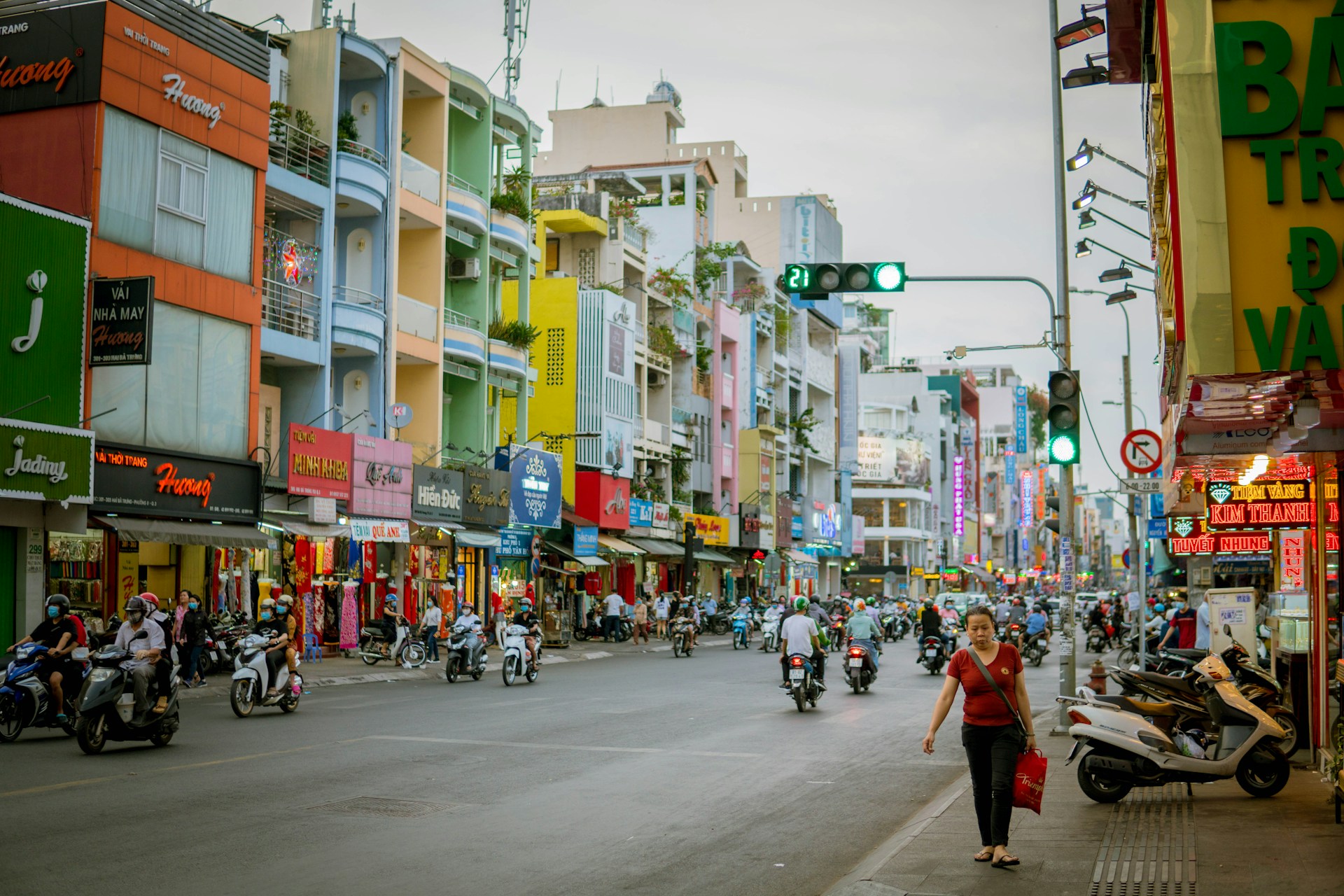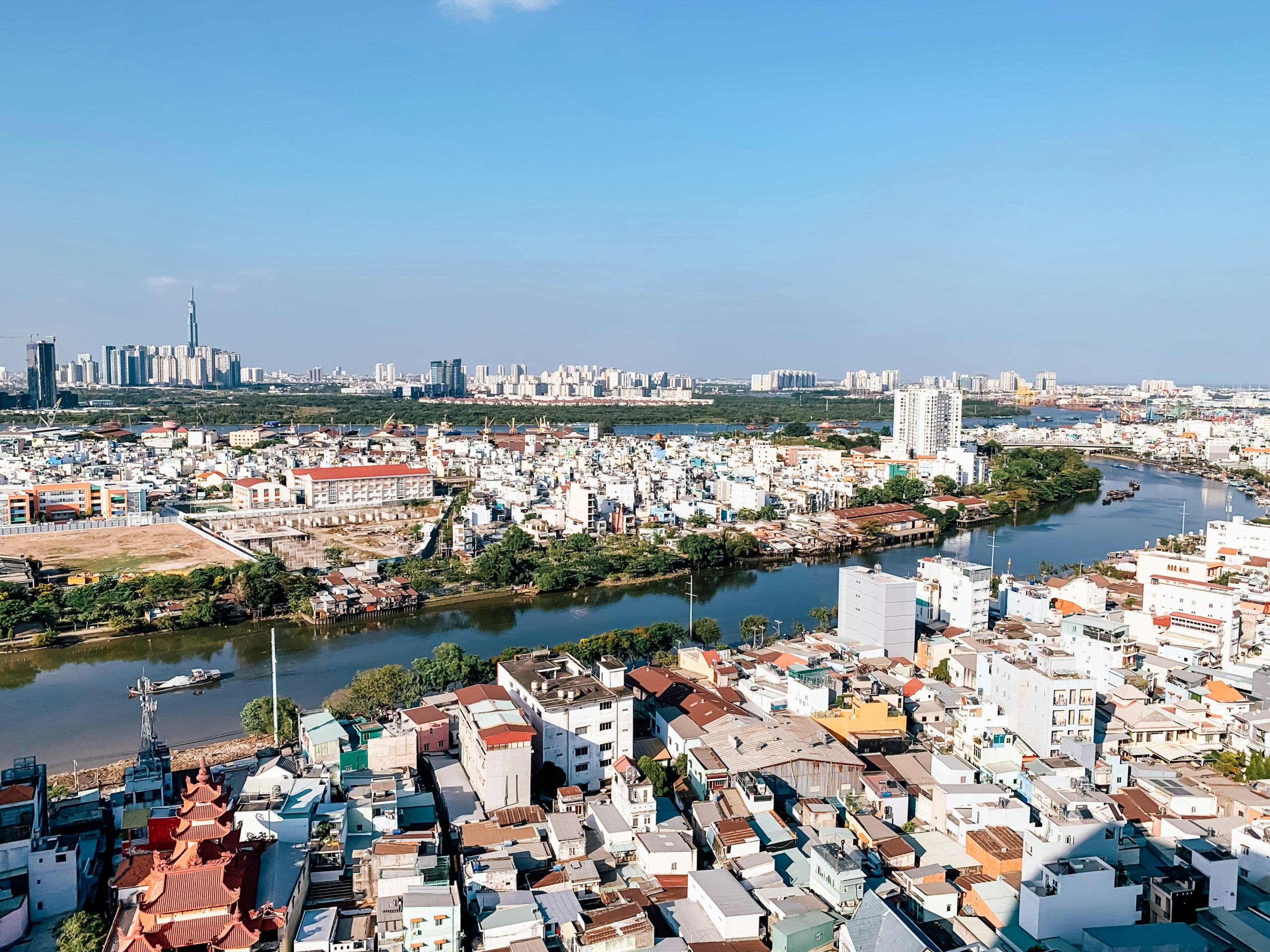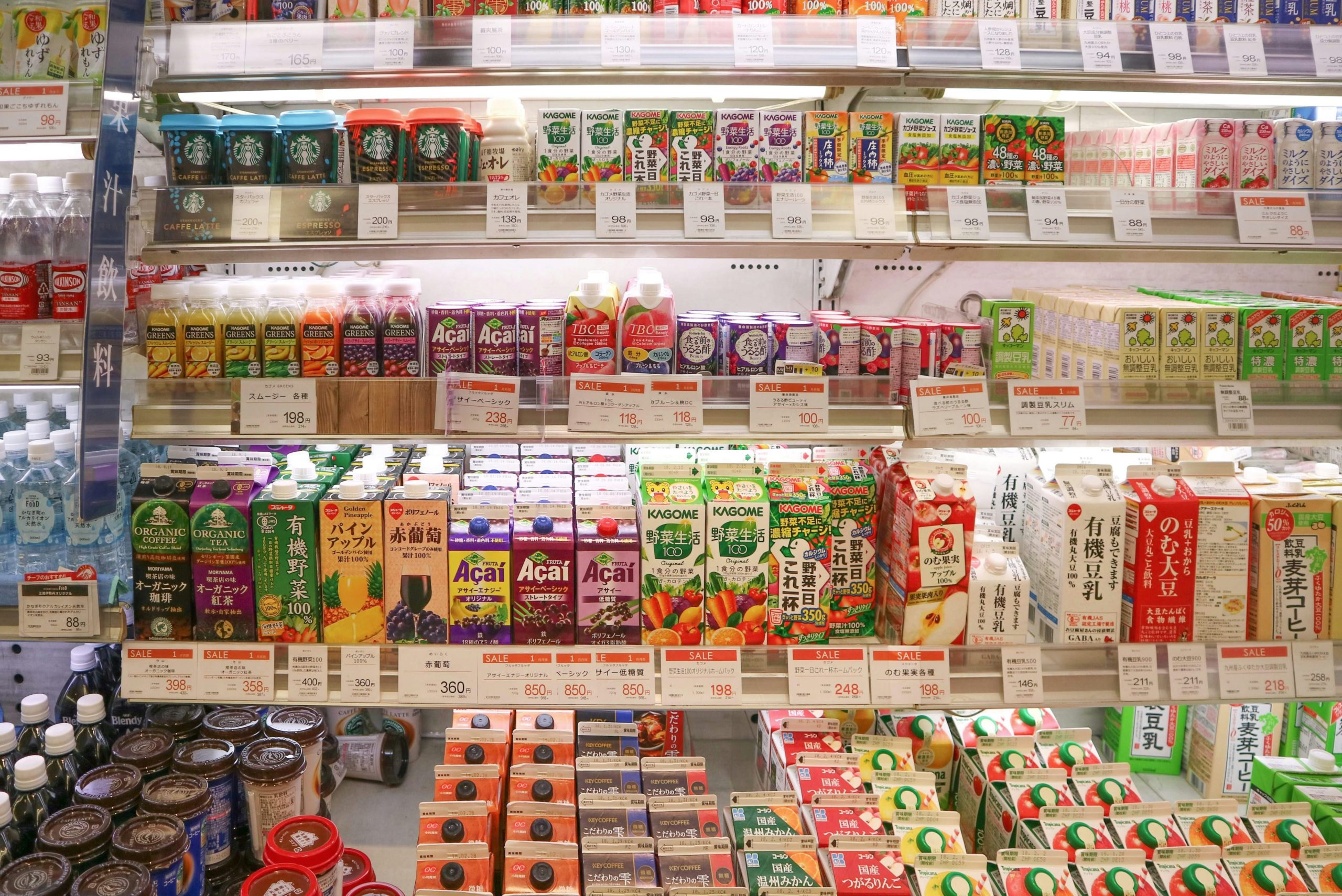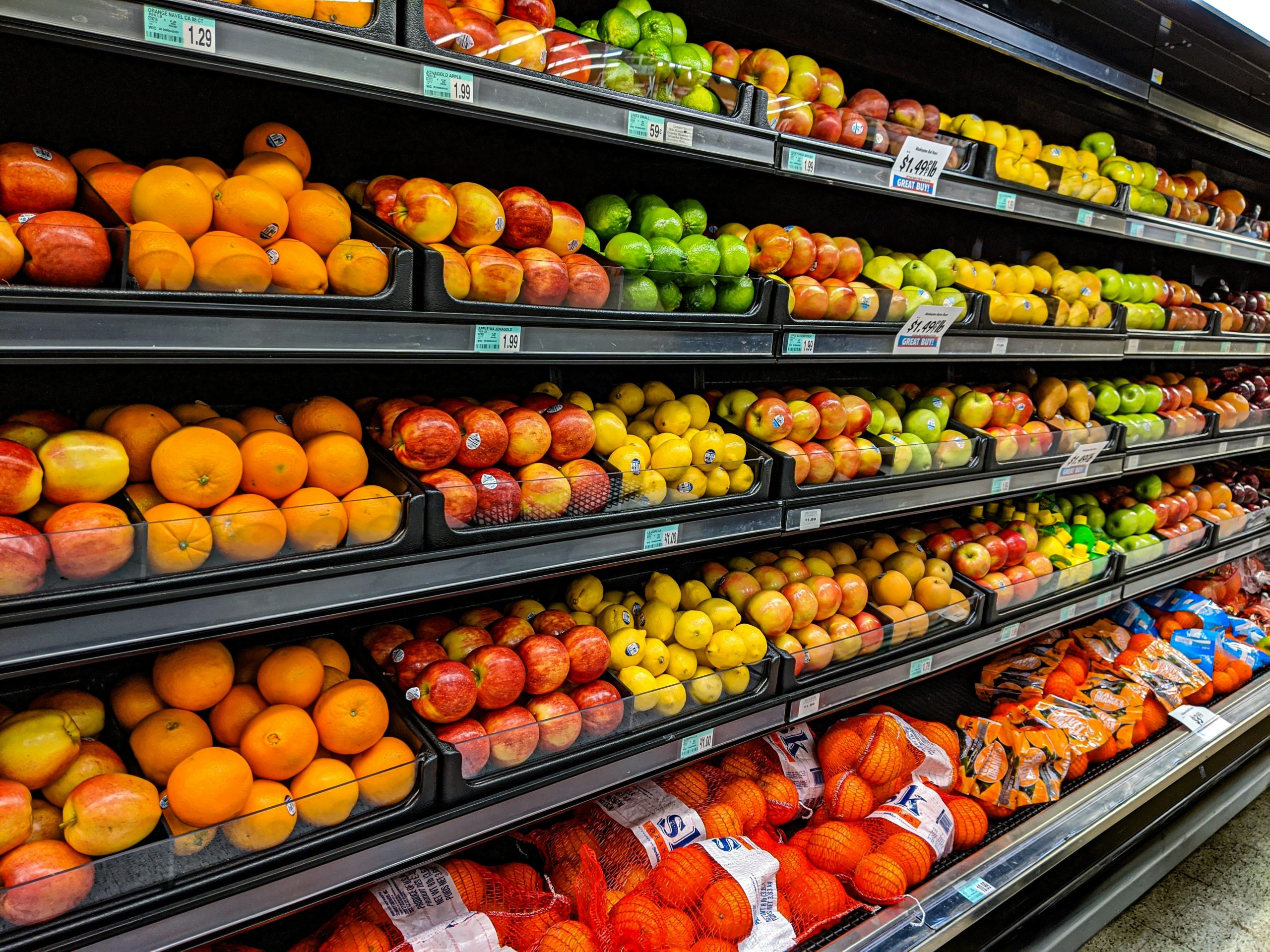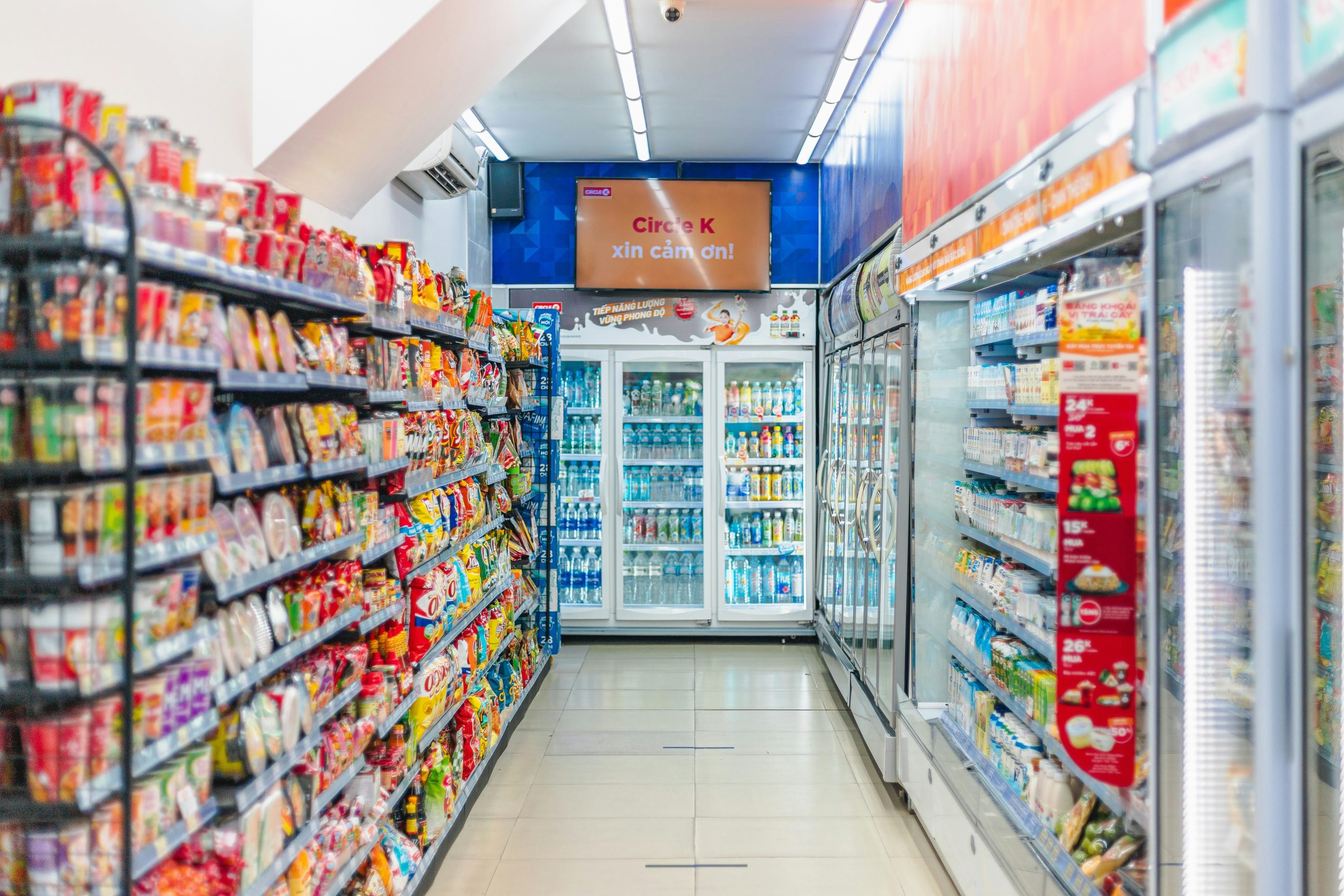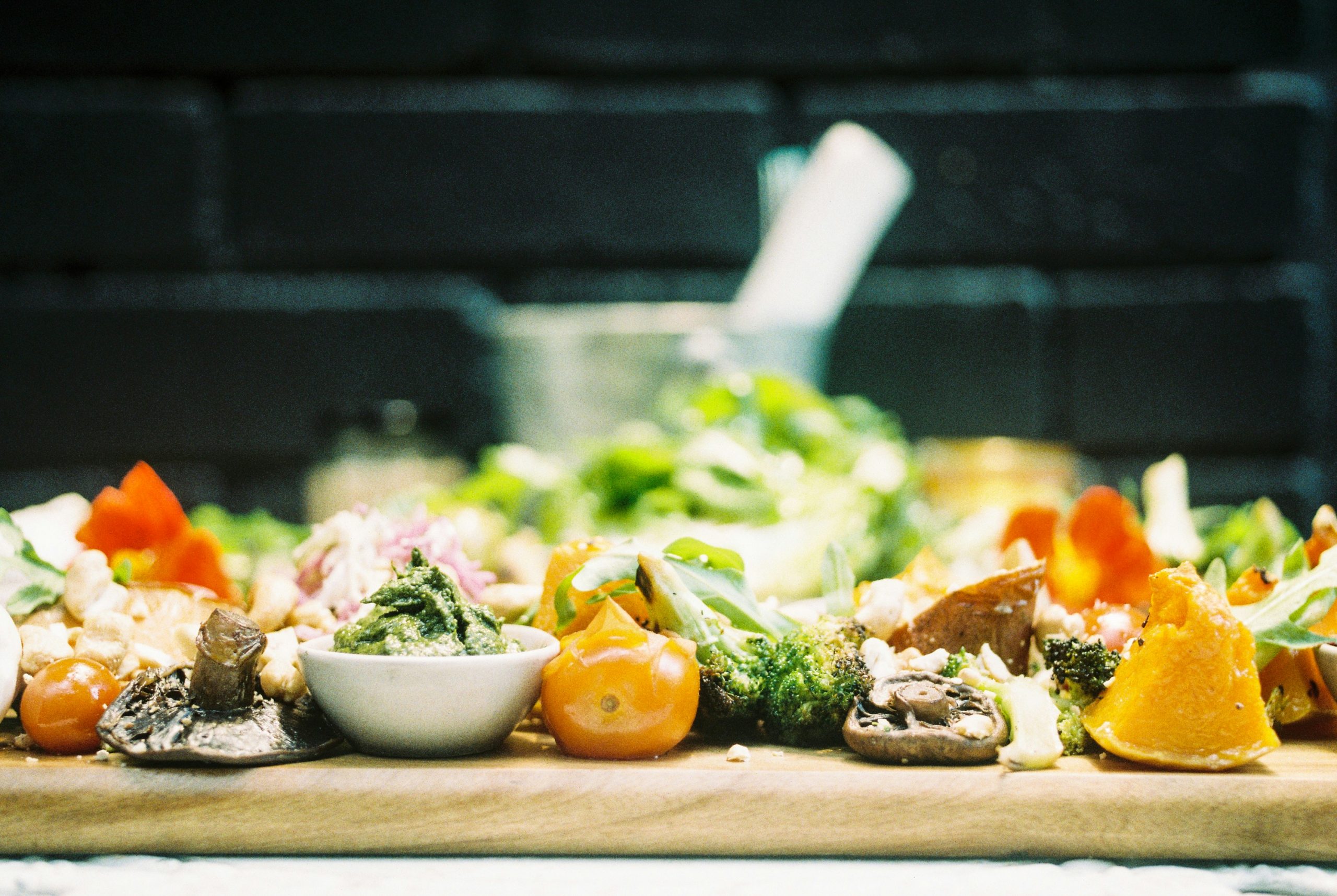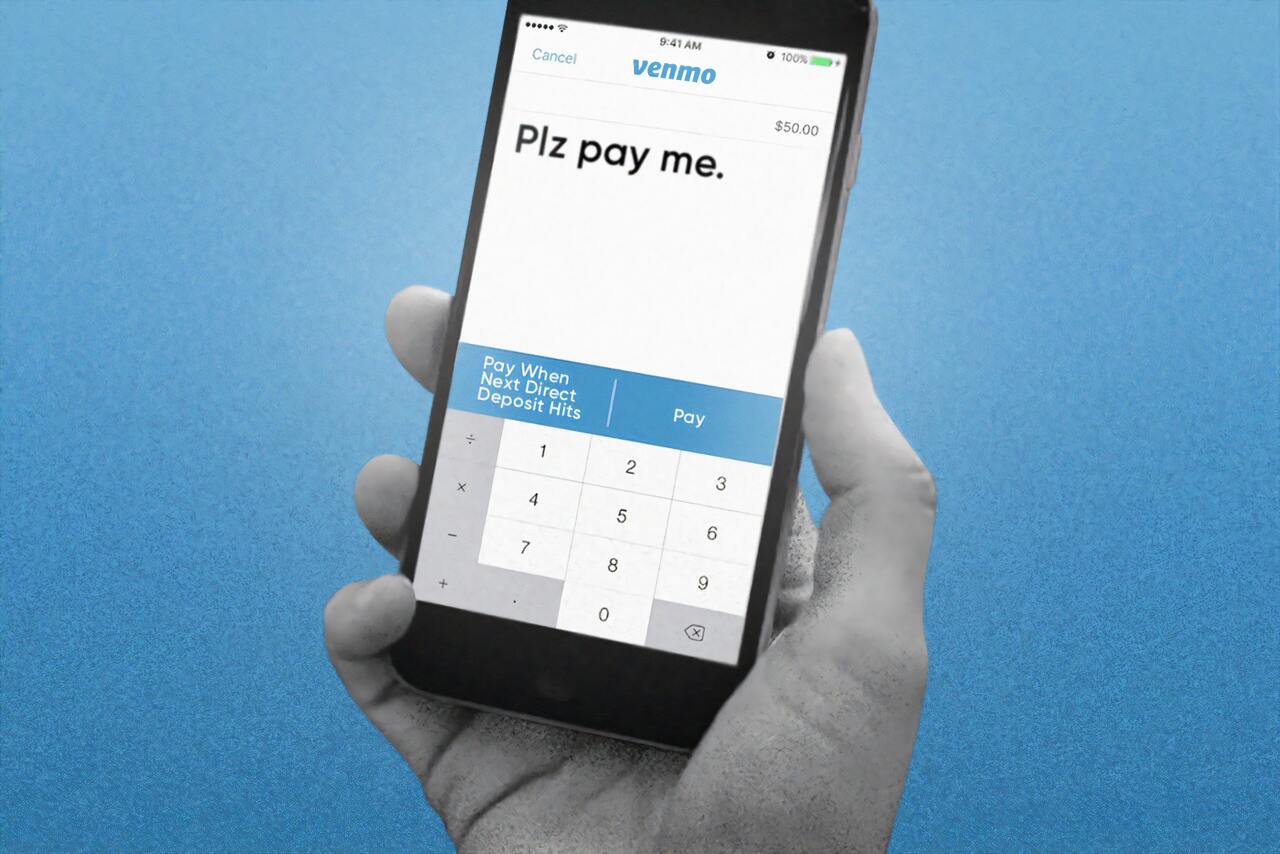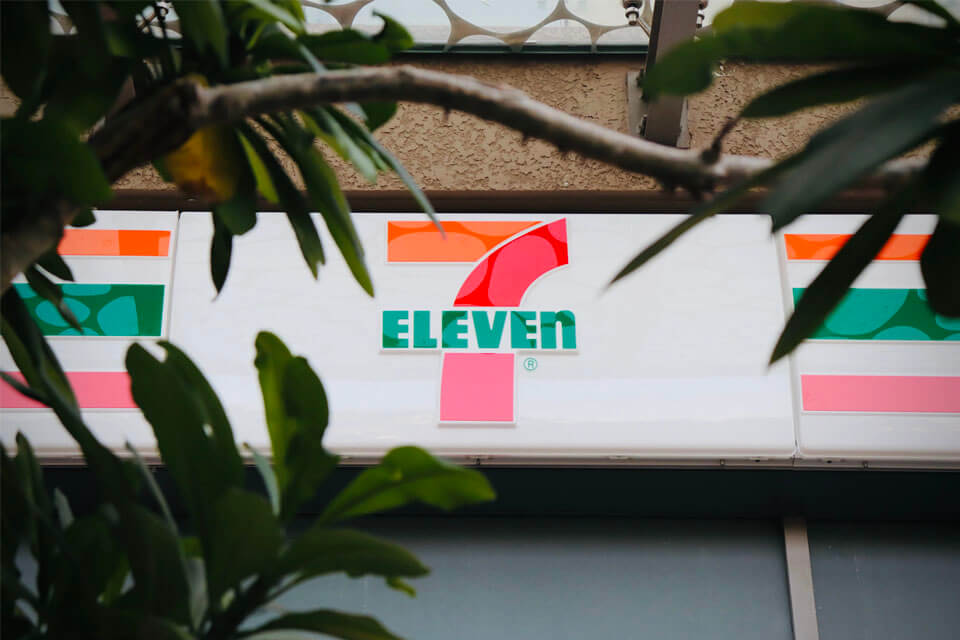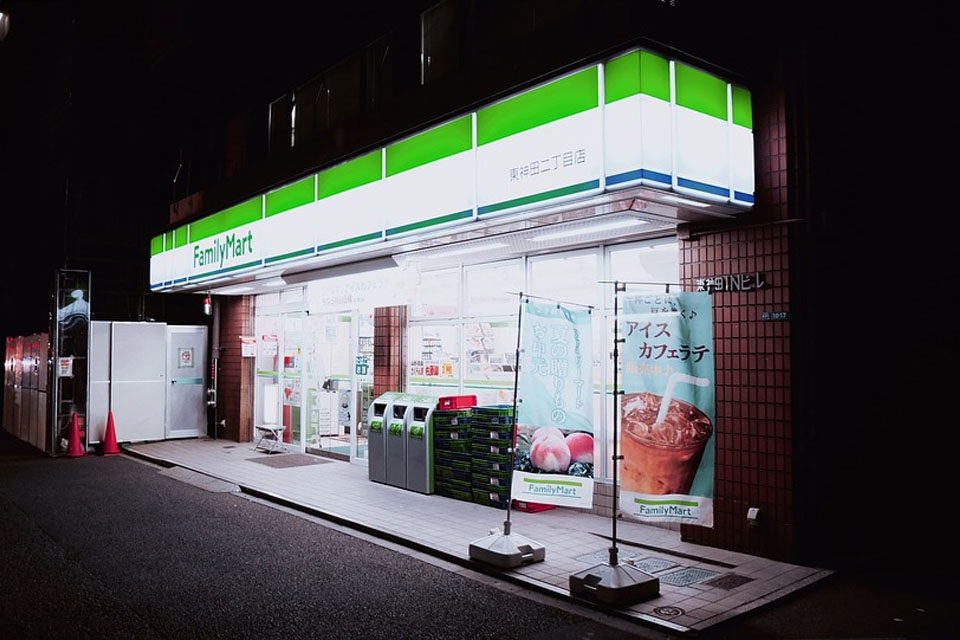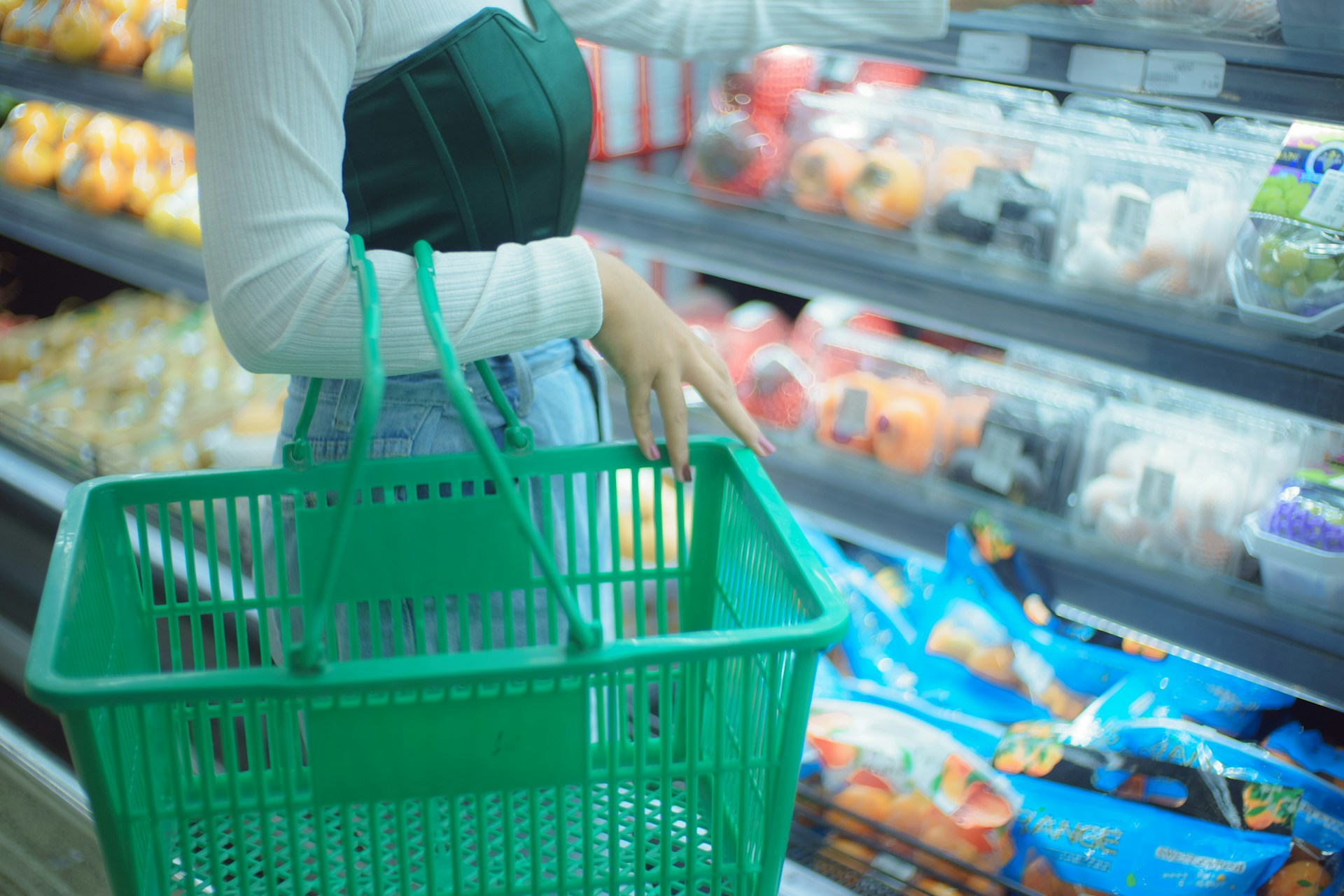
26Jun2025
Latest News & Report / Vietnam Briefing
Comments: No Comments.
Hanoi is experiencing rapid growth in its middle and upper-class populations, creating a strong foundation for increased demand in premium food products. Coupled with a rising consumer focus on healthy and high-quality food, this presents a promising market opportunity for investors looking to enter the premium grocery sector in the future.
Hanoi’s Potential for Growth in the Premium Food Sector
The overall size of Vietnam’s food retail market has seen modest growth from 2018 to 2023. Within this, modern trade channels and e-commerce have experienced continuous expansion. In contrast, traditional retail channels, while still holding the largest market share, have shown slow growth and appear to be reaching saturation.
Food retail market size in Vietnam from 2018 to 2023
Unit: Million USD
Source: B&Company Synthesis
Overall, consumers in Hanoi are increasingly concerned about the quality and origin of their food. By the end of 2023, the city had established agreements with 43 provinces across the country and developed 997 safe food supply chains, a total increase of 51 chains compared to 2022. This trend highlights a growing demand for safe and high-quality food, creating favorable conditions for the development of premium food stores[1].
In addition, Vietnam’s middle class is projected to grow from 13% of the population in 2023 (approximately 13 million people) to 26% by 2026, primarily concentrated in major urban centers like Hanoi and Ho Chi Minh City[2]. While the total consumer spending in Ho Chi Minh City is currently significantly higher than in Hanoi, the average income per capita in Hanoi is slightly higher, indicating considerable room for growth in the premium food segment within this market[3].
In addition to the rising of the middle class, Hanoi is home to a significant international community, concentrated in high-end urban areas such as the Ciputra urban area (Tay Ho district, known for its many embassies), Vinhomes Riverside (Long Bien district), and luxury apartments around Hoan Kiem and its surroundings. This group mainly consists of professionals, entrepreneurs, and foreign families who have a strong demand for imported food products aligned with their consumption habits. This creates a specialized market demand for products typically offered by premium food store chains, including cheese, wine, cold cuts, international spices, and more.
Premium grocery stores in a high-end urban area
Source: Vietnam Trade and Industry Review
Some Key Brands in Hanoi
The premium food retail market in Hanoi is becoming increasingly vibrant, with the presence of numerous domestic and international brands enjoying wide coverage. These stores are mainly concentrated in densely populated districts and major shopping centers. Being located within shopping malls allows retailers to tap into a steady flow of high-income customers, but it also involves high rental costs and often requires sharing a percentage of revenue with the mall management.
Some premium grocery store chains in Hanoi
| Chain | Origin | Entrance year in Vietnam | Description | Number of stores in Hanoi |
| Homefarm |
Vietnam |
2016 |
Focuses on imported food such as US beef, Norwegian salmon, and frozen goods | ~90 |
| AEON | Japan | 2014 | High-quality general supermarket from Japan | 20 |
| Gofood | Vietnam |
2016 |
Specializes in imported beef and high-end seafood. Supplies gourmet customers and restaurants | 13 |
| FujiMart | Vietnam (joint venture between Japan and Vietnam) |
2018 |
Joint venture supermarket between BRG Group (Vietnam) and Sumitomo (Japan). Japanese-style supermarket offering fresh and processed foods | 10 |
| Annam Gourmet |
Vietnam |
2001 |
Premium food chain offering imported and organic products. Targets high-income and expatriate customers | 2 |
| Lotte Mart | South Korea | 2008 | Korean hypermarket with diverse products, emphasizing customer experience and private brand (Choice L). Located in Lotte Center and Lotte Mall Tay Ho. | 2 |
Source: B&Company Synthesis
Challenges for Investors in the Market
Although the premium food store market in Hanoi shows significant growth potential, there are still several challenges that investors need to consider.
In terms of investment costs, rental prices for prime locations in Hanoi are very high, especially in central districts, upscale urban areas, and even some suburban zones. For instance, in 2024, rental prices in central locations in Hanoi averaged 173 USD/m²/month, while suburban areas experienced a similar trend, with rental prices averaging around 37 USD/m²/month[4]. Additionally, the cost of imported goods depends heavily on foreign exchange rates, import taxes, and international shipping fees. Import duties and customs procedures for food products can also be complex and costly. Finally, premium stores require well-trained and qualified staff, which translates to higher labor costs compared to average retail operations. Daily operating expenses—including utilities, store decoration, and marketing—are also significant to maintain product quality and deliver a superior customer experience.
In terms of investment risk, the premium segment is sensitive to the overall economic health. During economic downturns, consumers tend to tighten their spending and prioritize essential goods. Secondly, global supply chain risks such as fluctuations in shipping costs, shortages of refrigerated containers, or geopolitical disruptions can interrupt supply or increase import expenses. Lastly, large retail corporations with strong financial resources and scale may sell some imported products at lower prices to attract customers, creating competitive pressure.
Conclusion
Premium food stores have strong growth potential due to increasing demand and favorable market conditions. However, to succeed, businesses need to manage investments efficiently and maintain a distinct brand identity. With the expanding wealthy class, this model is expected to continue thriving in Hanoi.
[1] https://hanoimoi.vn/phat-trien-997-chuoi-cung-ung-thuc-pham-an-toan-cho-ha-noi-653045.html
[2] https://vneconomy.vn/viet-nam-se-co-26-dan-so-thuoc-tang-lop-trung-luu-vao-nam-2026.htm
[3] PX Web – General Statistics Office of Vietnam
[4] https://www.cbrevietnam.com/insights/figures/hanoi-figures-q4-2024
* If you wish to quote any information from this article, please kindly cite the source along with the link to the original article to respect copyright.
| B&Company
The first Japanese company specializing in market research in Vietnam since 2008. We provide a wide range of services including industry reports, industry interviews, consumer surveys, business matching. Additionally, we have recently developed a database of over 900,000 companies in Vietnam, which can be used to search for partners and analyze the market. Please do not hesitate to contact us if you have any queries. info@b-company.jp + (84) 28 3910 3913 |

